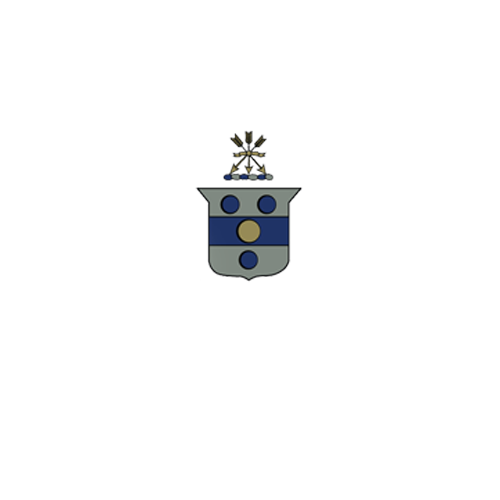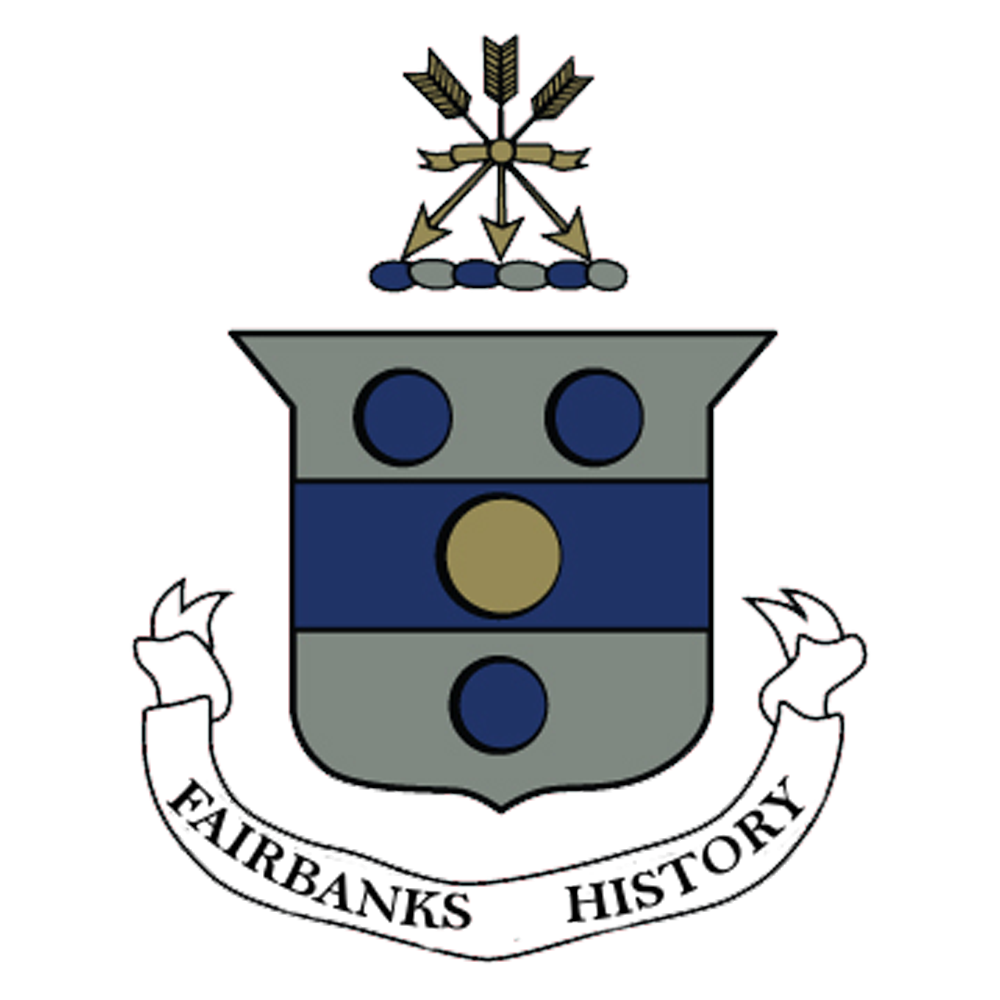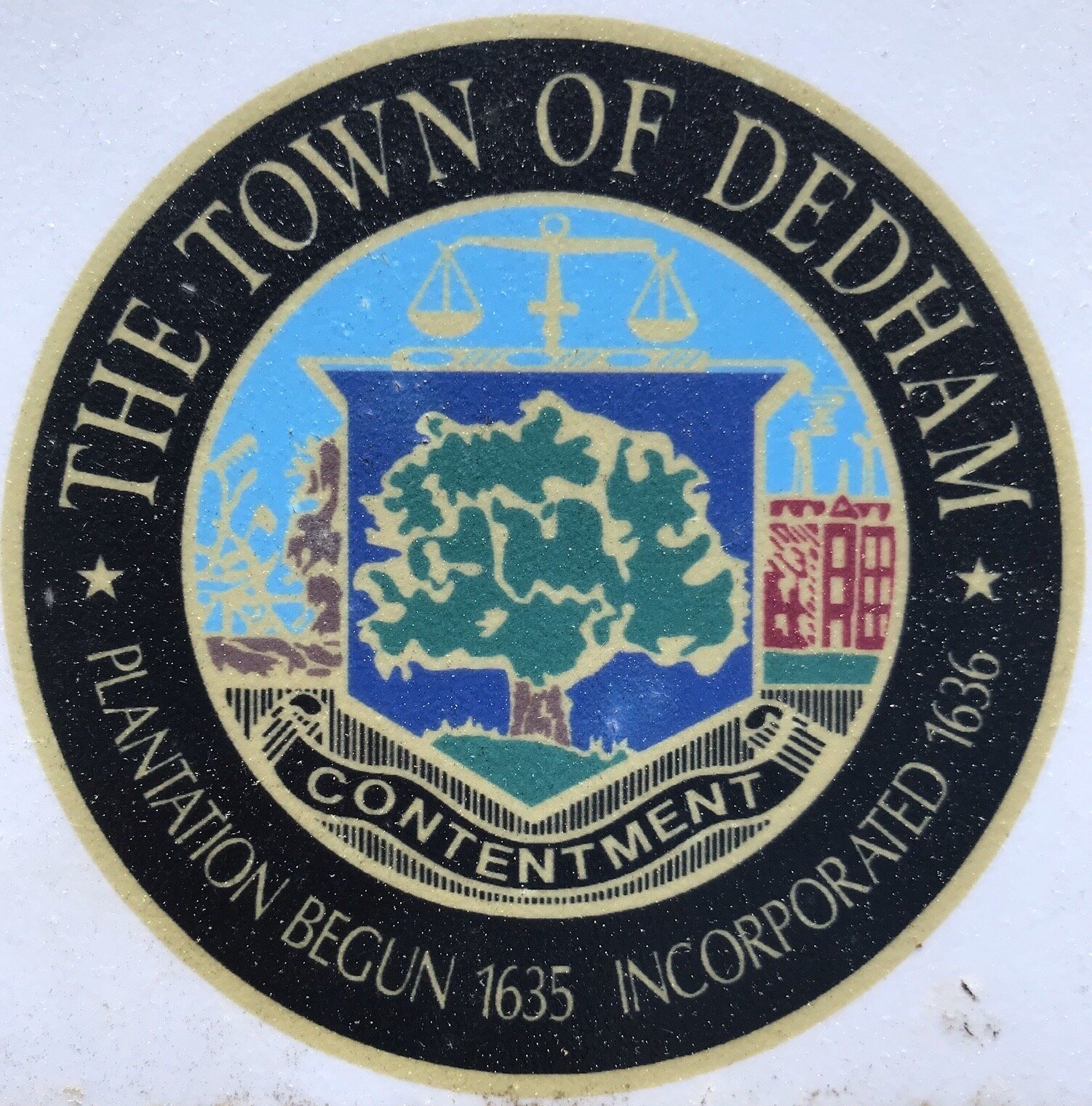Timeline of Jonathan Fairbanks Family: England to Massachusetts Bay Colony
1603-1625 King James’ rule was from 1603 -1625. He is known for his belief that the King had divine rights. The Gun Powder Plot during his reign was an answer to his anti-Catholicism. During his reign he started the colony of Jamestown and the Separatists (Pilgrims) founded the colony of Plimoth Plantation. King James died suddenly during the 1625 plague though the cause of his death was chronic illness and dysentery.
Fairbank/s Family During the Reign of King James
John Fairbanks (c1560 - 1625) fater of the emigrant Jonathan Fairbanks had three wives and children by each. The first wife, name uncertain, died between 1590 -1593. John married his second wife Isabella Staincliffe in 1593. They have one registered birth, Susan, in 1595. It is believed that Jonathan is the last child of the first marriage or a product of the second marriage. However, his birth registration has not been found. It is believed Jonathan was born between 1592 and 1597 when Isabella died. (Joseph & Landberg)
1617, May 20 - Jonathan and Grace (Smith) Fairbanks from Warley, West Yorkshire, England, married at St. John the Baptist Church, Halifax, West Yorkshire, England as found on the registration of their marriage at fairbankshouse.org. Grace was no more than five years younger than Jonathan.
1617/18 John, son of Jonathan, the emigrant, was born in Warley, West Yorkshire, England. (Joseph & Landberg)
1619 George, son of the emigrant, was born in Shelf, West Yorkshire, England. (Joseph & Landberg)
1620 Separatists (Pilgrims) established Plimoth Plantation in the New World.
1621/22 Mary Fairbanks, daughter of the Jonathan and Grace, was born in Shelf, West Yorkshire, England. (Joseph & Landberg)
1624 Jonas Fairbanks, son of the emigrant, was born in Warley, West Yorkshire, England. (Joseph & Landberg)
1625 - Plague is declared in London.
1625 - King James dies suddenly.
1625 - 1649 reign of King Charles I. Prince Charles ascended the throne when his father died suddenly. Parliament arranged a Spanish bride for him to ease tensions between Spain and England. Instead, King Charles chose his own French Catholic bride. This resulted in disputes between the largely Puritan House of Commons and the King for his “Papist” tendencies. These disputes lead to Parliament refusing to endorse the King’s requests for money to finance his frequent naval battles. King Charles dismissed Parliament three times and ruled the country under “divine right of the King.” Under Charles’ selection of Archbishop Laud, he persecuted the Puritans and moved the Anglican church to more pomp and ceremony (High Anglican). King Charles I was beheaded for treason after the English Civil War. It was during King Charle’s reign, but before England’s Civil War that the Fairbanks Family left for New England.
Fairbank Family of England During Reign of King Charles I
1625 - John Fairbank, father of Jonathan Fairbanks, died suddenly, possibly of the plague.
He made his will August 4 and was buried August 7 at St. Mary the Virgin in Thornton-in-Craven.(church records)
The plague was caused by flea bites that carried the germ. The disease was more pervasive during the warm months, making August one of the most virulent months. Then it abated when the weather turned colder. The plague returned year after year and could be carried by pets or animals, in the raw wool, or fabrics. (Underdown)
In his will, John Fairbank didn’t give his son, Jonathan Fairbanksthe emigrant, land as he did his other sons by his first and third marriages. In fact, he gave Jonathan less than a young daughter’s portion. (Joseph & Landberg)
1627 Susan, daughter of Jonathan and Grace Fairbanks, is believed to be christened at St. Mary the Virgin Thornton-in-Craven. This establishes Jonathan’s family in that area at that time. A partial damaged documentation of this christening/baptism is found on the church records.
1627 - John Prescott and Mary Gawkroger Platts married in Northern England. From their association with the Fairbanks throughout the years, it is believed they were friends of the family in Sowerby. Both families emigrated from Sowerby to Massachusetts Bay Colony. Later, a child of each family, Jonas Fairbanks and Lydia Prescott, would marry.
1627 - Bishop William Laud was appointed to King Charles I’s Privy Counsel before the death of Archbishop Abbot. This was an unprecedented move and further alienated the Puritans. Bishop William Laud was of the High Anglican Church (wanting more pomp and ceremony). Jonathan and Grace were of the Puritan or Low Church wanted to simplify, purify, and use only what is written in the Bible for worship.
Governor John Winthrop of the Massachusetts Bay Colony
1628 - Massachusetts Bay Company formed as a trading company.
1629 - John Winthrop, a Puritan lawyer, was given governance over the colony in New England as the head of Massachusetts Bay Company (MBC).
1629 -May - Rev. Francis Higginson, the first Puritan minister in the MBC, led the first MBC ships to Salem, New England. He died within one year leaving wife and children. He wrote letters explaining the benefits and difficulties of settling New England and what to bring and how to prepare to come. Two of the passengers with him were to search for minerals and ores in the land grant.
1630 - John Winthrop takes eleven ships to New England. They landed in Shamut (Boston).
We have no knowledge of the exact date, ship, port, or the voyage of the Jonathan Fairbanks family. From letters and journals of others during that time, we can picture what the Atlantic journey would have been like for the Fairbanks family.
1633-1636 There are no documentations of when or from what port the Fairbanks family left England. They had an indentured servant, Samuel Bullen, in New England. It is not clear whether he came with them or was indetured after they arrived.
Summary
England was in turmoil during the 17th Centuries. There was already political and religious unrest. This was complicated by a sudden change in Monarchy, elevated religious intolerance, a major plague, famine, and lack of land opportunities for the middling man in Englan.. Pamphlets and letters were published about opportunities in the New World. The Fairbanks came at great risk and were not accompanied by extended families as in some cases. The Fairbanks family left behind relatives, belongings, and any security they had in England to cross a treacherous sea to a land of the unknown.
Resources
England
Abel, Robert, President of The Earby and District Local History Society. Representing the church records of Saint Mary The Virgin Church in Thornton-in-Craven. 2022.
Bridenbaugh, Carl. Vexed and Troubled Englishmen 1590-1642. Oxford University Press: New York. 1968.
Defoe, Daniel. A Tour Thro’ the Whole of Great Britain, Divided into Circuits or Journies. Letter 8, Part 3: South and West Yorkshire and Letter 8, part 10 Lancashire, Westmoreland and Cumberland. Published between 1724 and 1727.
From Weaver to Web https://www.calderdale.gov.uk/wtw/
Hansen, T.W. The Story of Old Halifax. F. King & Sons, Ltd. 1920: Halifax. 1920.
https://www.forgottenbooks.com/en/download/TheStoryofOldHalifax_10030096.pdf
Joseph, Ruth Fairbanks, and James Swan Landberg. The Paternity of Jonathan Fairbanks. The New England Historical and Genealogical Register. 166 (July 2012): 65-87.
Malcolm Bull’s Calderdale Companion http://www.calderdalecompanion.co.uk/
Philbrick, Nathanial. Mayflower. Penguin: New York, 2006
Underdown, David. Fire from Heaven: Life in an English Town in the Seventeenth Century. Yale University Press: New Haven and London. 1992.
West Yorkshire Archives Services. Halifax Library at The Piece Hall. Halifax, West Yorkshire, England.
Will of John Fairbancke of Thaigh par. Thornton in Craven (Nov. 3, 1625), vol. 39, fol. 261, Borthwick Institute of Historical Research, University of York. 1625.
The Winthrop Society. The Charter of the Massachusetts Bay Company, 4 March 1628/29. Beardsley, John rendered into English.
Voyage
Bradford, William, Bradford's history "Of Plimoth plantation.” Wright & Potter printing co.: Boston. 1898.
Higginson, Francis. New-Englands Plantation, With the Sea Journal and Other Writings. The Essex Book and Print Club: Salem Mass. 1908.
Higginson, Francis. “New England’s Plantation” (London, 1630), in Alexander Young, ed., Chronicles of the First Planters of the colony of Massachusetts Bay. Boston, 1846, pp. 266-267.
Joselyn, John. An account of two voyages to New-England : made during the years 1638, 1663. W. Veazie: Boston. 1865.
Mather, Richard. Journal of Richard Mather. 1635. His life and death. 1670. D. Clapp: Boston. 1850.
Shipboard Journal of John Winthrop
https://www.winthropsociety.com/journal.php No longer available on internet
What’s Next?
Fairbanks Family Timeline: Arrival in the MBC to After Acceptance into Dedham












